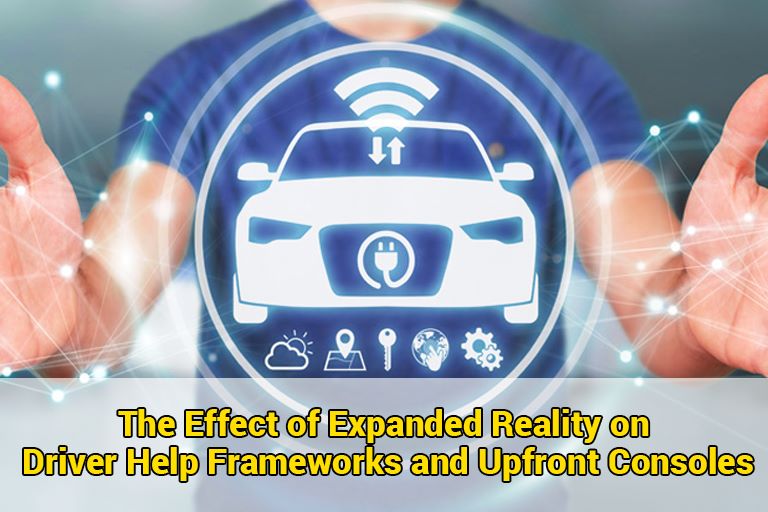The ascent of ride-hailing administrations, like Uber, Lyft, and Snatch, has upset how individuals travel in metropolitan regions. These administrations give helpful, on-request transportation at the bit of a button, offering an option in contrast to conventional taxicabs and public transportation. While ride-hailing has without a doubt changed how individuals move around urban communities, its effect on metropolitan portability and public transportation frameworks is a subject of continuous discussion. This article investigates the different parts of this effect, weighing both the positive and unfortunate results of ride-hailing administrations.
- Enhancing Openness and Comfort
One of the vital advantages of ride-hailing administrations is the upgraded openness and comfort they offer. They give a solid transportation choice to people who might not approach private vehicles or find public transportation badly designed. Ride-hailing administrations can connect the first-mile and last-mile holes, associating suburbanites to public transportation center points and making it simpler for them to effectively arrive at their objections. This expanded openness can prompt diminished private vehicle possession and the potential for diminished gridlock in metropolitan regions.
- Supplementing Public Transportation
Ride-hailing administrations can supplement and supplement existing public transportation frameworks. In urban communities where public transportation might be lacking, temperamental, or inaccessible during off-top hours, ride-hailing can fill in the holes and give a solid choice to workers. This can assist with drawing in new riders who could have in any case been stopped by the constraints of conventional public transportation. By offering adaptable and customized transportation choices, ride-hailing administrations can expand the general allure of utilizing public transportation.
- Reduced Stopping Interest
One critical effect of ride-hailing administrations is the expected decrease in stopping interest. As additional individuals depend on ride-hailing, the requirement for individual parking spots lessens, easing stopping clogs in metropolitan regions. This opens up valuable open doors for reusing parking spots for different purposes, like green spaces, bicycle paths, or business advancement. Furthermore, diminished stopping requests can diminish the general expense of the metropolitan framework, as fewer stopping structures should be constructed or kept up with.
- Challenges to Public Transportation
While ride-hailing administrations offer obvious advantages, they likewise present difficulties to public transportation frameworks. The comfort and moderateness of ride-hailing may tempt certain individuals to leave public transportation through and through, prompting diminished ridership and possibly subverting the monetary feasibility of public travel frameworks. Therefore, public transportation organizations might battle to create adequate income to keep up with and extend their administrations, which could have long-haul suggestions for metropolitan versatility.
- Traffic Blockage and Natural Worries
One of the most argumentative issues encompassing ride-hailing administrations is their likely commitment to expanded gridlock and ecological worries. The expansion of ride-hailing vehicles on city roads has prompted worries about extra vehicle miles voyaged and ensuing clogs. Additionally, many ride-hailing drivers work their vehicles for delayed periods, prompting expanded ozone-depleting substance emanations and air contamination. To moderate these worries, policymakers need to empower the reception of electric vehicles and elevate shared rides to diminish the quantity of void or underutilized vehicles out and about.
- Regulation and Reasonableness
The quick development of ride-hailing administrations has brought administrative difficulties in numerous urban communities. Conventional cab drivers frequently contend that ride-hailing administrations appreciate out-of-line benefits because of fewer guidelines, for example, authorizing expenses and protection necessities. Finding some kind of harmony between guaranteeing public security, customer insurance, and fair rivalry while cultivating development and versatility is an intricate undertaking that requires smart guidelines and joint effort between partners.
- Economic Ramifications
Ride-hailing administrations have set out new monetary open doors for people to become drivers and procure pay. This has prompted an ascent in the number of individuals partaking in the gig economy. Notwithstanding, taking into account the possible disadvantages of this model is significant. A few examinations have proposed that the wages procured by ride-hailing drivers may not be adequate to cover costs like vehicle upkeep, protection, and fuel costs. Adjusting the financial advantages for drivers with fair pay and work assurances is a continuous test that controllers and organizations need to address.
- Data and Versatility Arranging
Ride-hailing administrations produce immense measures of information that can be significant for metropolitan portability arranging. This information can give bits of knowledge into movement examples, requests, and regions with insufficient transportation choices. By utilizing this information, city organizers and policymakers can settle on informed choices concerning foundation advancement, travel courses, and upgrading public transportation administrations. Coordinated efforts between ride-hailing organizations and neighborhood state-run administrations to share information can be instrumental in tending to portability difficulties and creating effective transportation frameworks.
- Accessibility for All
While ride-hailing administrations have further developed openness for some people, there are still worries about the value and serving minimized networks. In certain areas, ride-hailing administrations might be less accessible or more expensive for low-pay areas, prompting potential transportation aberrations. Policymakers must guarantee that reasonable transportation choices, including ride-hailing, are open to all occupants, no matter what their financial status, geographic area, or actual capacities.
- Integration with Multi-Modular Transportation
A powerful metropolitan transportation framework frequently requires a consistent reconciliation of different methods of transportation, including public travel, trekking, strolling, and ride-hailing administrations. Incorporating ride-hailing administrations with existing public transportation frameworks can furnish suburbanites with a more far-reaching and productive travel insight. This can include incorporating installment frameworks, planning plans, and giving continuous data to assist clients with pursuing informed decisions. Such a mix can urge people to take on a multi–modular methodology, decreasing dependence on confidential vehicles and upgrading by and large metropolitan portability.
Conclusion:
Ride-hailing administrations significantly affect metropolitan versatility and public transportation, offering expanded availability, accommodation, and adaptability to suburbanites. By tending to difficulties like gridlock, natural worries, and value, and joining with existing transportation frameworks, urban communities can bridle the capability of ride-hailing administrations to make more supportable and proficient metropolitan versatility. Policymakers, ride-hailing organizations, and public transportation specialists must cooperate to figure out some kind of harmony, utilizing the qualities of ride-hailing while at the same time relieving any adverse consequences. Thusly, urban communities can shape an eventual fate of versatility that is comprehensive, harmless to the ecosystem, and receptive to the developing necessities of their occupants.
Read more – Enchanting Destinations in Asia to Embrace the December Spirit
Read more – The Advantages And Disadvantages Of Independent Driving: Looking At The Advantages And Concerns



